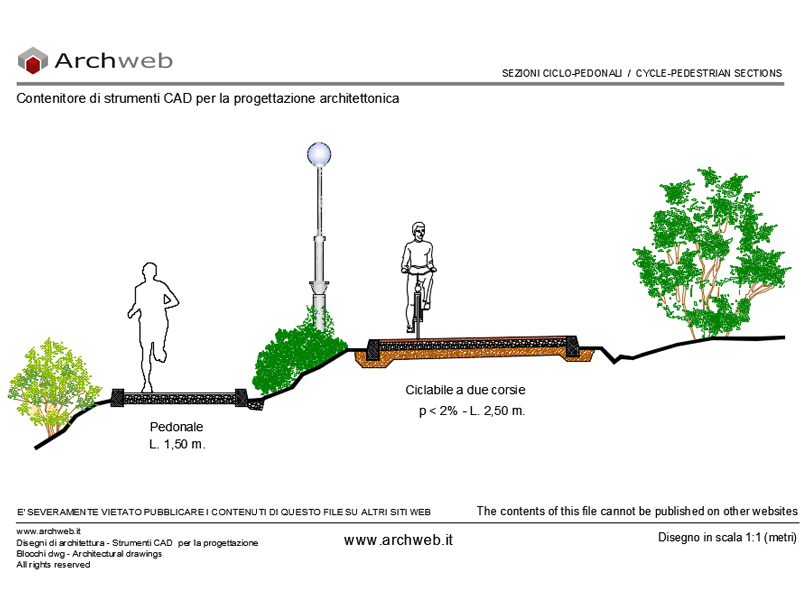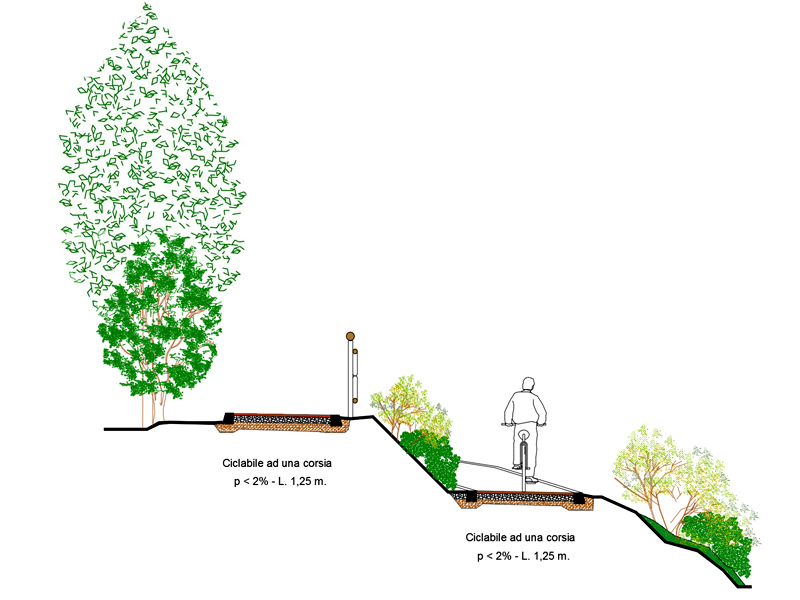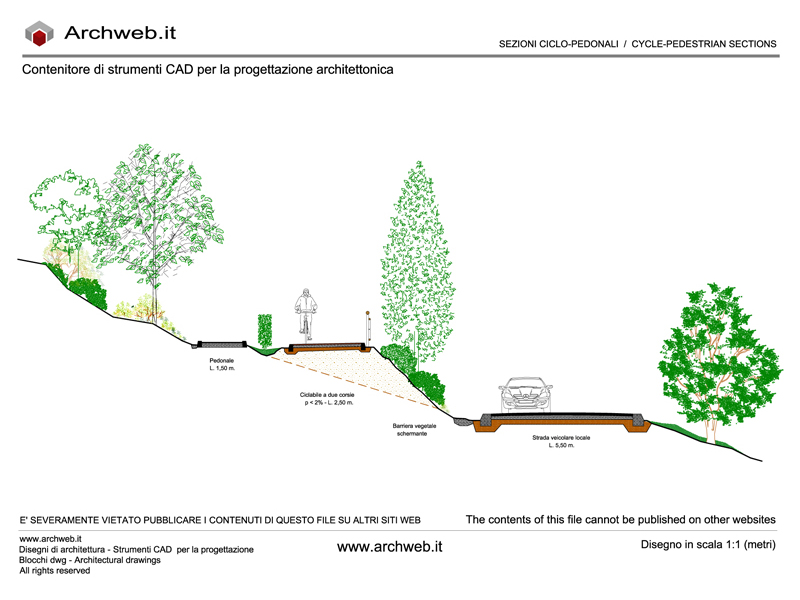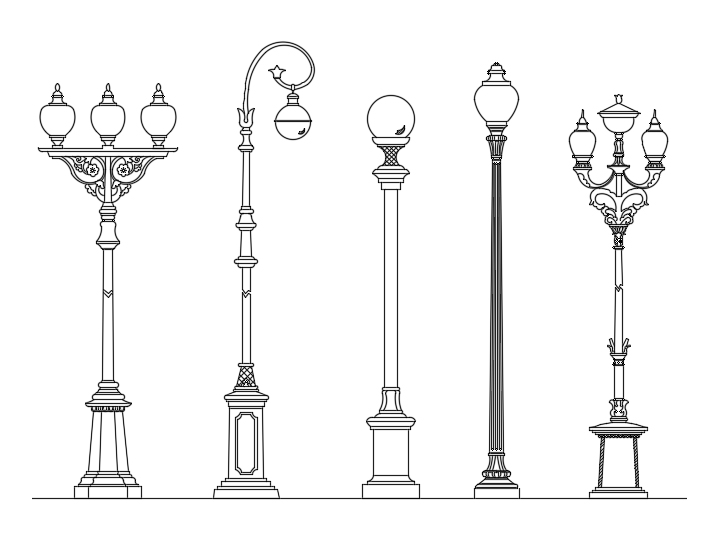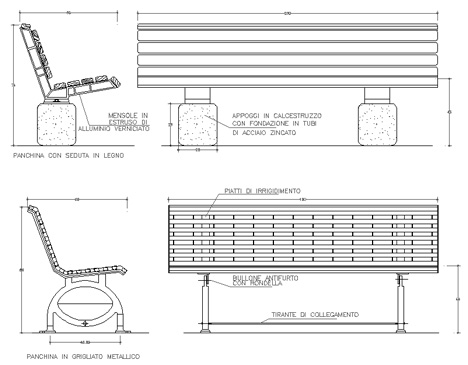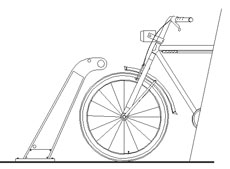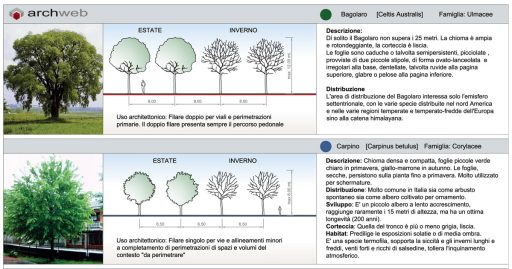Paths in urban parks
Design guide
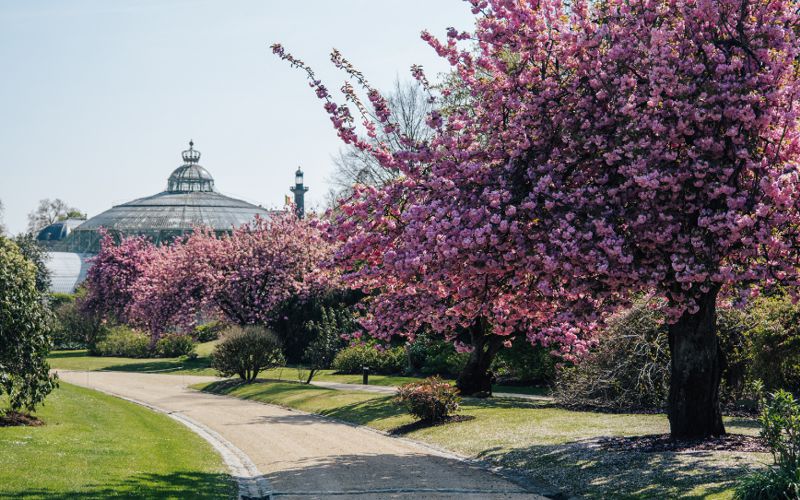
What characteristics and regulations must the paths of urban parks respect? Walking plays a fundamental role in physical and mental well-being, and it is precisely in the frenetic heart of the city that the best oases of tranquility can be hidden. The importance of thoughtful and accurate planning of these routes, consistent with the surrounding environment, is often underestimated.
Through this guide, we will highlight the different route options in urban parks, discovering how a well-optimized design can increase the attractiveness and use of these green areas. In a context in which the quality of urban life and environmental sustainability play an increasingly central role, planning becomes a fundamental piece for the improvement of our cities.
Let’s see, therefore, how to create accessible green spaces that are a true refuge for citizens and a significant contribution to urban sustainability.
Factors to consider when designing walkways and paths
When designing urban parks, there are several factors to take into consideration to ensure total usability of the area and easy mobility from one area to another. First, it is important to evaluate the location and context of the park itself. For example, a park located in a residential area may require paths that integrate with the surrounding architecture and are easily accessible to residents. On the other hand, a park located in a more natural area may require trails that adapt to the surrounding terrain and vegetation, without compromising the natural environment. In any case, it is essential that the paths are well signposted and that they offer clear direction to visitors, in order to avoid confusion and loss.
Another important factor to consider is the intended use of the routes. For example, if the park hosts recreational activities such as cycling or jogging, it may be necessary to design wider paths and suitable paving to withstand traffic and wear. Likewise, if the park has an educational or nature component, it may be useful to design thematic or informational trails that guide visitors through points of interest and information on local flora and fauna. In any case, the design of the trails should be flexible and able to adapt to the different needs of the people who frequent the park.
Finally, it is important to consider the accessibility of the routes. Urban parks should be accessible to everyone, regardless of their physical abilities. This means that paths should be designed to be accessible to people with walking disabilities, including ramps, handrails and smooth paved surfaces. Furthermore, it is important to ensure that the paths are well lit, that there are rest points (benches) and drinking water fountains along the route to allow people to take breaks and refresh themselves.
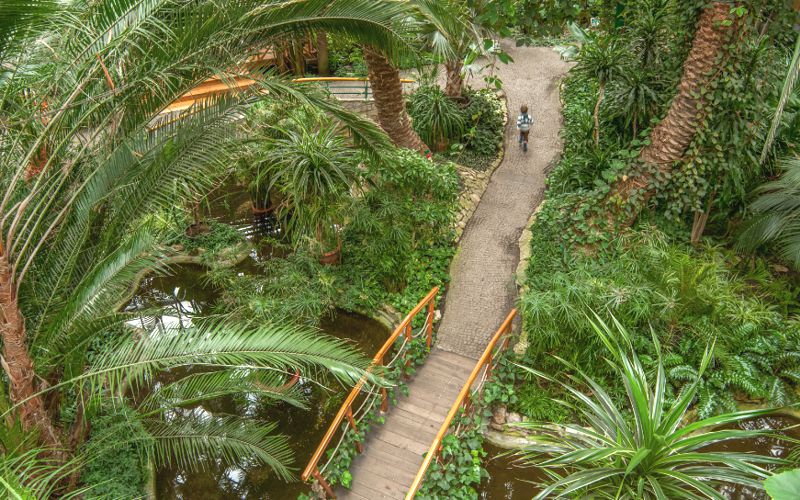
Planning and design of routes in urban parks
Planning and designing walks in urban parks is a complex process that requires a holistic vision and collaboration between urban planners, landscape architects and other stakeholders. Let’s see the phases of the path design process in an urban park:
- Analysis of the characteristics of the park and its context. This may include evaluating existing vegetation, terrain characteristics and possible restrictions or constraints, such as the presence of existing buildings or infrastructure. This analysis allows us to identify the opportunities and challenges of designing walks.
- Design phase. During this phase, urban planners and landscape architects work together to develop a detailed layout of the routes, taking into account the considerations that emerge from the preliminary analysis. This layout should include information on the walkways, such as the width and development of the paths, as well as the location of points of interest, rest areas, etc..
During the design phase, it is also important to consider the aesthetic aspect of the walkways. Walks in urban parks should not only be functional, but also aesthetically attractive. This can be achieved through the use of high-quality materials, such as natural stone or wood pavers, and through the integration of landscape design elements, such as plants, planters or fountains. The goal is to create walkways that are pleasant to walk along and that offer a positive visual and sensorial experience for park visitors.
Finally, it is important to evaluate the environmental impact of the routes during the design phase. The use of natural materials and the choice of sustainable drainage solutions can help reduce the impact of avenues on the surrounding environment. Furthermore, the design of walkways should take into account the needs of biodiversity conservation. For example, through the creation of ecological corridors or the preservation of existing natural areas.
Design of paths and walkways for urban parks
Designing trails for urban parks requires careful evaluation of visitor needs and the context in which they find themselves. There are several design options to consider, depending on the characteristics of the park and the activities taking place within it.
One of the most common design options is that of loop paths. These avenues follow a path that runs along the entire perimeter of the park, allowing visitors to take a complete walk around the green area. Circular paths are particularly suitable for regularly shaped parks and can offer a beautiful panoramic view of the entire green area. Additionally, they can be designed to include points of interest along the route, such as themed gardens or rest areas.
Another design option is that of linear paths. These trails follow a route that crosses the park from one end to the other. Linear trails are ideal for parks that need to connect different areas or points of interest. For example, a path within the park can connect a residential neighborhood to a school.
Another design option to consider is that of labyrinth paths. These paths offer a unique experience to visitors, who can get lost and discover hidden corners of the park. Labyrinth paths can be designed to include points of interest along the route, such as small gardens or rest areas. Mazes can be particularly attractive to children and can offer an interactive play experience.
Inclusive design: making urban parks accessible to all
When designing paths in urban parks, it is essential to ensure accessibility for all people, regardless of their physical abilities. Inclusive design is an approach that aims to ensure that public spaces are accessible to all, allowing people with physical disabilities to enjoy the benefits of green areas.
Ministerial Decree 236/89 and Presidential Decree 503/96 contain the rules regarding the accessibility of paths and paving in public parks and gardens.
One of the main considerations in inclusive trail design is physical accessibility. This means that paths should be designed to be easily accessible to people with mobility disabilities, such as people in wheelchairs. This may include creating ramps to overcome obstacles such as steps or drops, installing handrails to ensure greater safety and smooth paved surfaces to facilitate the movement of wheelchairs.
Furthermore, it is important to ensure that the routes are well lit, especially during the evening hours. This guarantees greater safety and facilitates the use of green spaces even in low light conditions. Furthermore, it is possible to include rest points along the route, with seats or benches, to allow people to take breaks during the walk.
The inclusive design of walks and trails should also take into account the needs of people with visual or hearing impairments. For example, tactile or audible cues can be used to guide people along the route. Furthermore, it is possible to include informative signals, with braille texts or via acoustic electronic devices. This allows people with visual impairments to learn about the park and its features.
Conclusions
The design of routes and paths in urban parks is a key element for improving the quality of urban life and promoting environmental sustainability. Through well-optimized design, it is possible to increase the attractiveness and enjoyment of green areas, creating green spaces that are refuges for citizens and contribute to the conservation of the environment.
When designing paths and walkways, it is important to consider several factors, including location, intended use and accessibility. Thoughtful design can ensure that trails integrate with their surroundings and are accessible to all people, regardless of their physical abilities.
Cover photo: Laura Paredis (Pexels) on Canva



























































